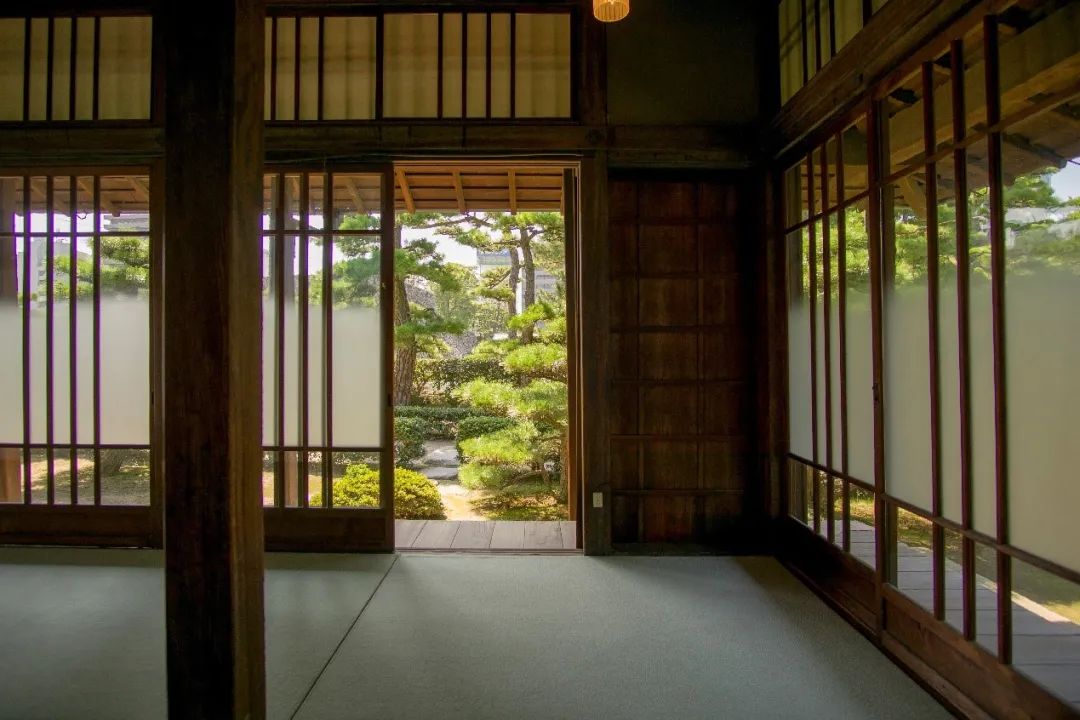Question 1: As a public building and one of the most complex public buildings recognized by the construction industry, how to create a more active, harmonious, and effective diversified medical building to provide patients with a smart and efficient healing environment? So, what is a good medical building design?.
Answer: We can try to separate and interpret “medical buildings”:.
Firstly, in the “medical” section, the hospital mainly has seven functional departments and four flow lines. The seven functions include the emergency department, outpatient department, inpatient department, medical technology department, support system, business management, hospital life and other basic functions. The four flow lines include patient flow line, medical care flow line, material flow line, and logistics flow line (clean flow line, sewage flow line)..
The picture is from Liu Yulong’s “Exploration of Trends in Hospital Architecture Design in China”.
The design of hospital projects, due to their special medical technology and department design, is the core of medical building design, with a reasonable and efficient functional layout and streamlined organization. This is the fundamental way to improve the operational efficiency of hospitals, ensure life saving, and strive for valuable time..
A useful medical design must first conform to the rationality of the medical process, and reasonably organize the flow of different people, items, pollutants, and garbage in the building space..
Architects need to constantly switch roles and think from one perspective in the design process of medical functions, constantly changing patients or medical staff. They need to have a profound understanding of the entire medical process, and conduct rational analysis of medical space and environment according to their needs. The needs of each object need to be fully considered..
At the same time, architects need to internalize medical technology and use architectural and spatial thinking to grasp process design. Make the process flow serve the overall architectural space while meeting the needs of each department..
The picture is from Wu Di’s “On the Adaptation Strategies of Medical Process Design Principles”.
Secondly, in terms of “architecture”, hospital buildings, as an important category of public buildings, should not overlook the characteristics of architecture itself, such as the relationship between architecture and the city, climate and environment, spatial form and experience, construction technology, materials and lighting, and other basic architectural design elements..
The image is from Zhang Yuanping’s “The Integration of Logical Diversity in Future Medical Design”.
In the creative process of hospital design, it is appropriate to “de hospital” and explore the creativity and artistry of hospital design from the essence of architectural space. In design, attention must be paid to the spatial experience of people. The humanization and experiential nature of hospital building space should integrate human activities, from people approaching and reaching the hospital, throughout the entire process of hospital activities. Architects create a patient experience through the comprehensive application of building materials, space, landscape, lighting, etc..
Swiss Chinese architect Zhang Wansang said, “Without care, medical buildings will become ‘medical facilities’.”..
It can be seen that medical design should infuse humanistic warmth everywhere. Humanistic care is not only the precipitation of national culture, but also the call of the new era to medical architecture. In terms of design, we should focus on human centered thinking, respect human medical needs, emotional needs, and dignity needs, and reflect the care for medical staff and patients in a reasonable and perfect functional element and beautiful form, creating a hospital with love and warmth..
The humanistic care for medical staff is also.


